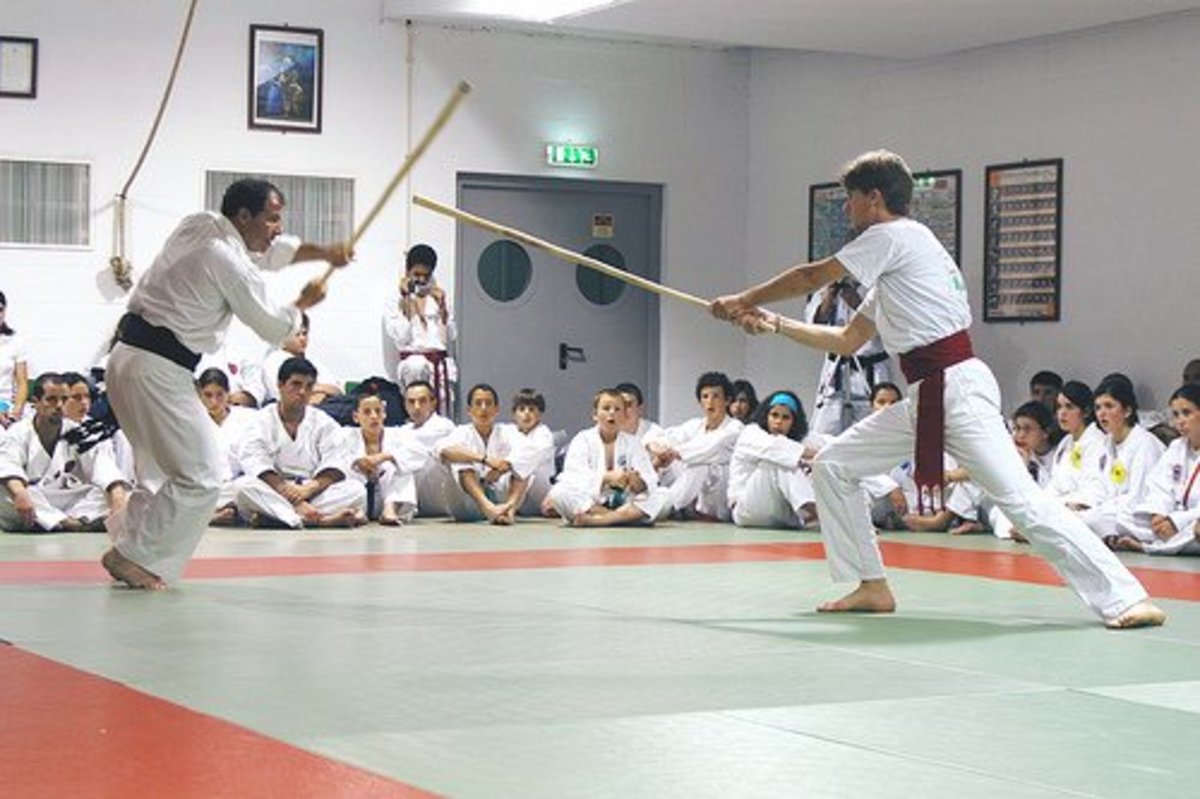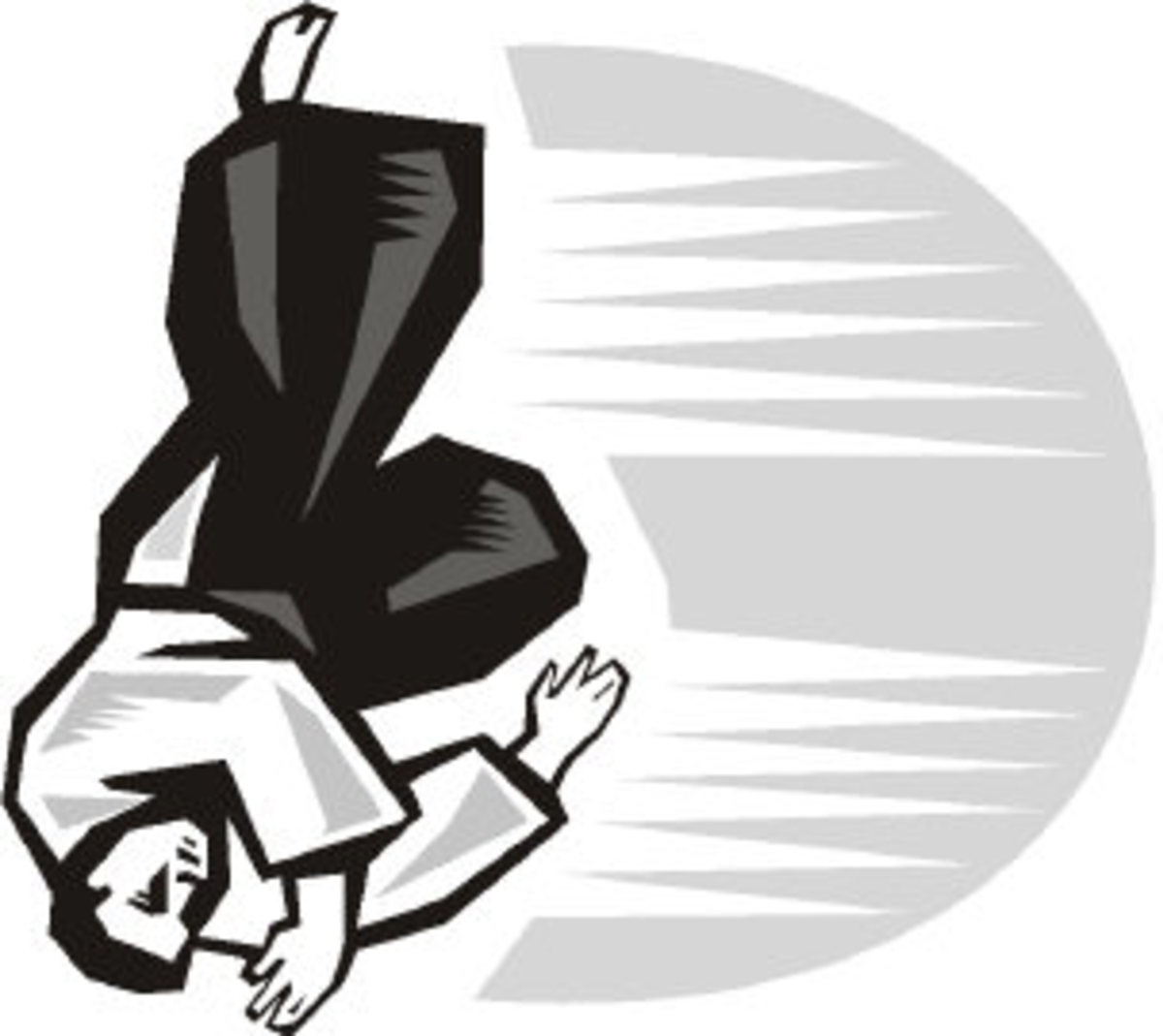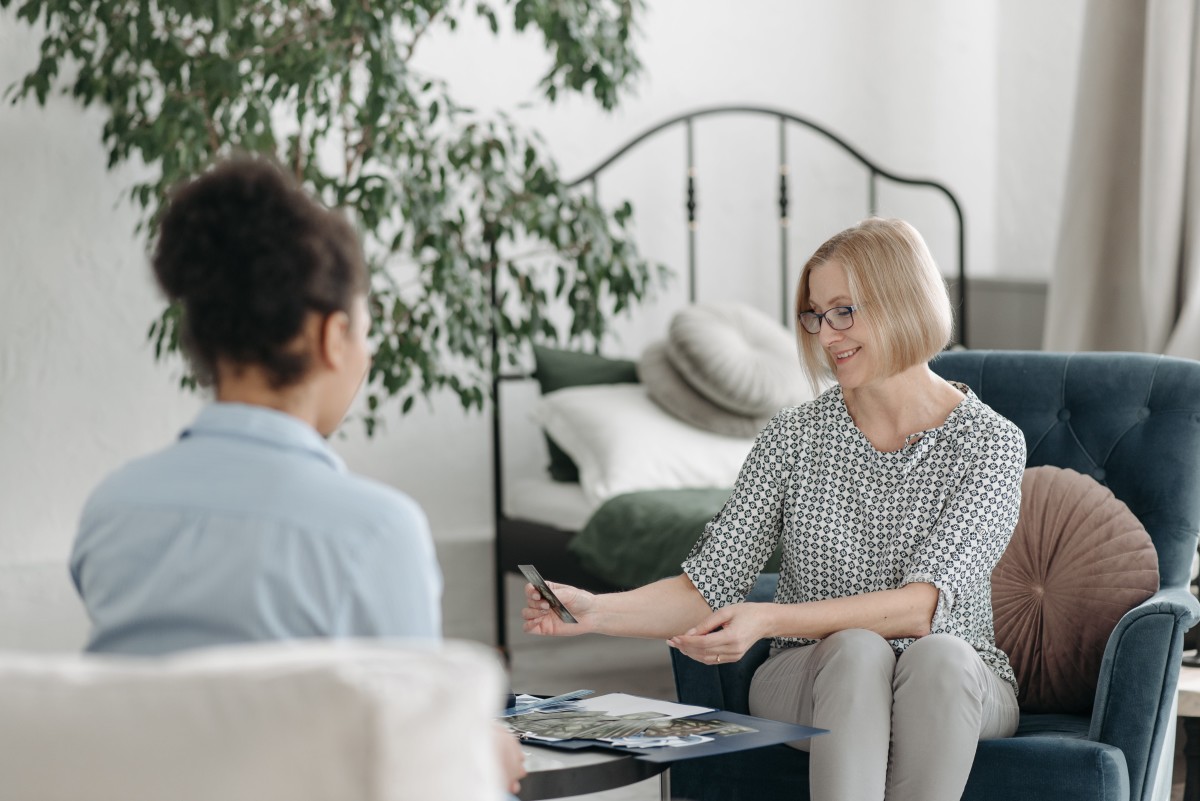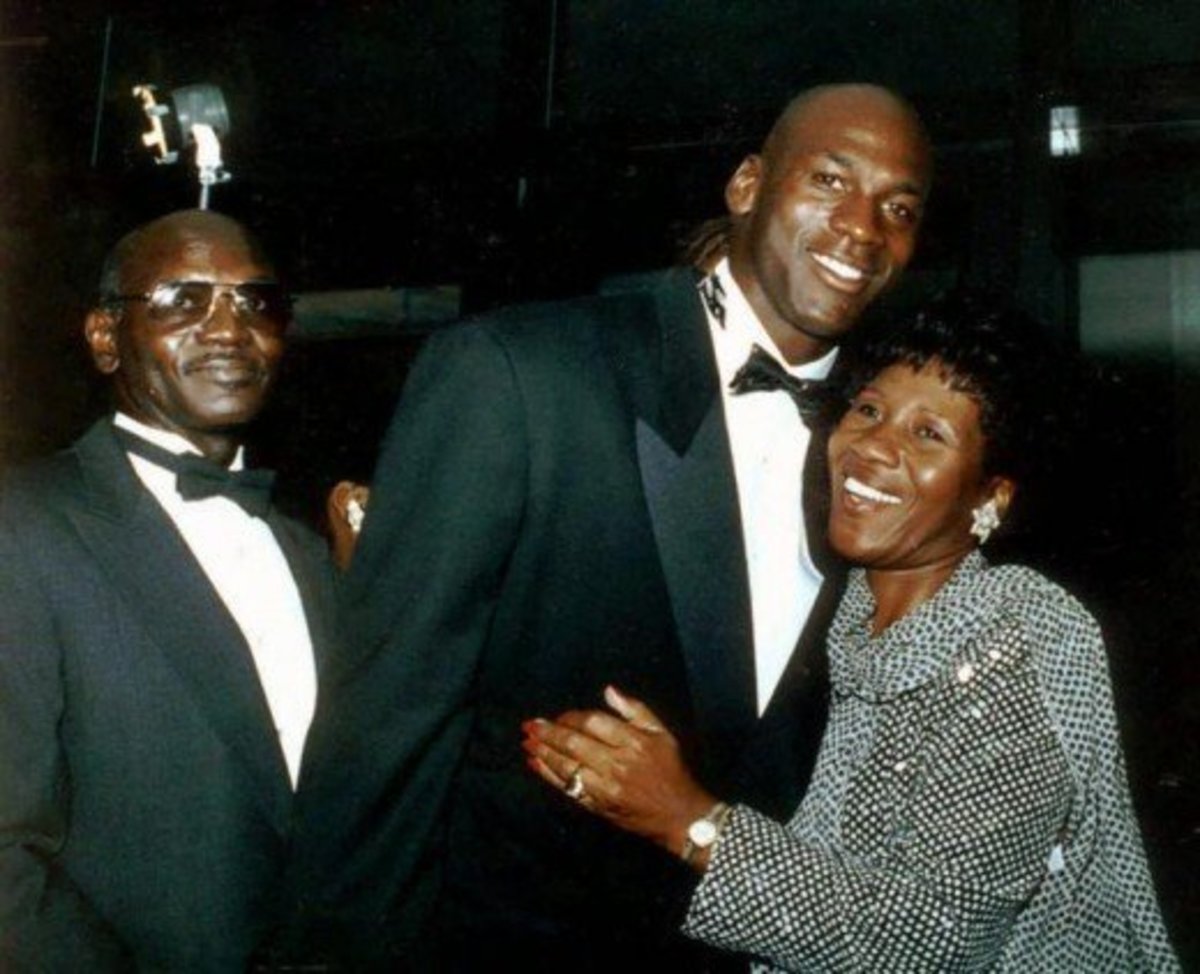Practising aikido
Morihei Ueshiba, founder of Aikido.
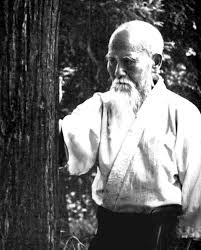
Aikido in general
Aikido can be just as potent as karate, and its techniques are used widely by police forces across the world. I would describe aikido as self-defence whereas by comparison judo, with its rules, is a sport. On the other hand, aikido is less aggressive and more subtle than the kicks and punches of karate.
Aikido, which is pronounced as aikido, was developed and founded originally by Morihei Uyeshiba. In my narrow experience of different disciplines within aikido, the more serious associations will give recognition to this man. It is basically a matter of respect and holding onto fundamentals. One association that does is the Aikiki, that functions in Britain and internationally.
An aikido session
This envisages that your class will be in the Aikiki discipline of aikido. Even so, apart from a few details most aikido classes will be largely similar.
Formality and etiquette is observed throughout the aikido session, especially at the beginning and end. Even so, the atmosphere will be friendly and accommodating.
At the beginning of the session, everyone is kneeling at opposite sides of the mat. The white belts - regardless of their grades - are facing the instructor and any other dan grades – that is, black belts. Everyone is wearing a judo suit, apart from any beginner, who might be wearing a tracksuit or casual clothes instead. You bow to the photograph of the founder, Morihei Uyeshiba, saying "Onegaishemas", which means "Please teach me." Your instructor and any other dan grades, or black belts, bow as you do.
Generally, your instructor, or sensei, will stand immediately to give instruction. He will select someone - very likely another dan grade - to act as uke, or attacker, so he can demonstrate a technique. Uke will carry out a stylised attack at about half normal speed. The instructor carries out the defence method, and in fact will likely repeat it several times so that the white belts in particular can study the technique in detail. They then divide into pairs to practise the technique, and they will take turns at being uke. Sensei will help any student whom he believes might benefit from his attention, or any student may seek his attention.
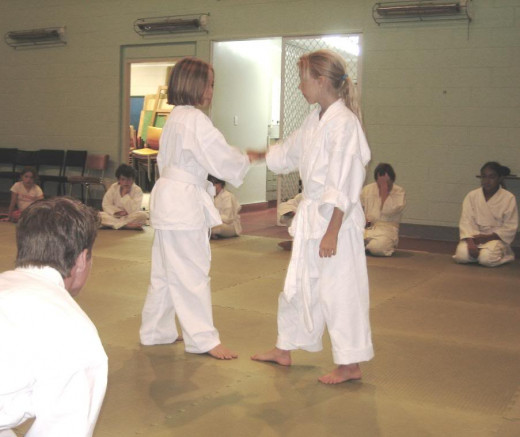
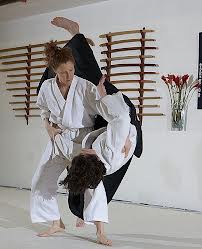
This pattern of events will continue throughout the session. Each time the instructor wants to demonstrate a technique he will call for everyone to line up, kneeling.
The manner and atmosphere will be muted, with little conversation, as the session progresses and techniques are demonstrated and then practised.
The various techniques might include throws, hold-downs, locks on wrist, elbow or shoulder, or strangulation. An important component of aikido technique is to focus the mind, whether to envisage projecting your partner in throws, or the intricacies of wrist locks. First make it happen in your mind, then make it happen in reality. You might be told, for example, to "put your consciousness in your stomach." A focussed state of mind generally will help you to do the techniques more fluidly instead of disjointedly.
Finally, the session reaches its end. Everyone lines up, kneeling as at the start. Bow and say "Domo arigato gosaimashta" - thankyou for teaching me.
- picture kokyunage - Google Search
Some illustrations of kokyunagi
The London Aikikai website offers insight into aikido practice.
- London Aikikai - Traditional Aikido in London - Home
London Aikikai - Traditional Aikido in London, London Aikikai - Traditional Aikido in London. Homepage. Original Official London Aikido Headquarters Dojo. West Central London. North Central London.
© 2011 Peter Ray

